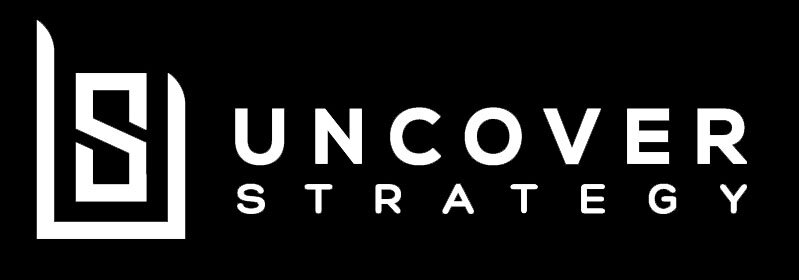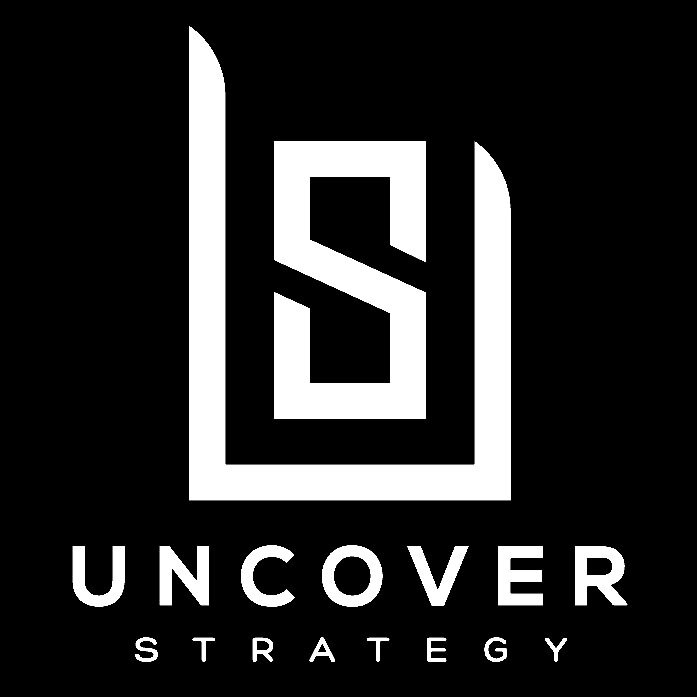The Connection: How Your Strategic Goals Appear in The Real World
Reality.
You know that setting strategic goals is essential in business or personal life.
We discussed in a prior post what that really means and why. However, a question remains: How does it appear in reality?
If you hear the term "strategic goals," what do you picture in your mind? Perhaps a luxurious boardroom of C-level management, nodding along when a consultant is presenting polished, shiny slides? A personal notebook containing a list of due dates next to each goal? Or something else?
If you are like me, it is easy to think of an organization's strategic goals as a once-off presentation that is then shoved away somewhere deep into the company SharePoint. But this is/should not happen and represent a one-off activity. Instead, they are integrated into most decisions of an organization, or therefore your private life, at some level.
So how and where can you spot this translating from paper into reality? How does it express? And how can simply knowing this fact be helpful for you?
A deserted land.
Writing these few lines on an (almost) empty plane from Adelaide to Singapore, I am overwhelmed about how much I missed traveling (and going home to friends and family). But, I can imagine you might crave a trip that you had postponed many times, too.
As you are aware, this was not the case for the past two years. Not able to leave, some "invested" their hard-earned liquidities by buying gear for that new hobby or the backyard. But, for me, the "valve" was almost always only to travel ("strategic goal").
But we were restricted.
South Australia was known for strict border control measures during the pandemic. So it was a local holiday this time. That's fine: Australia is enormous, and there is so much to explore! Right?
One of the few places within reach of a standard drive was Flinders Ranges. There is great marketing material for this place (I mean, look at the picture below from a 2020 GlamAdelaide post), and it was inexpensive.



So we set off. Two other friends joined me just to hit the road quickly after we discussed the travel itinerary. During our ride, we looked up places to visit in the park and pristine times to visit them (sunrises are my favorite). We were excited!
Reality.
I am the last person to say that Australia has few places worth seeing – there is so much good around here! From wineries to the great barrier reef – Australia has it all. But, just this one trip, I might say, the marketing was better than reality (breaking news, I know).
The motel was the cheapest option on booking.com; we exclusively were running on fast food for the entire trip and went without food for hours at a time between rest stops. A milkshake had to do for lunch that one, and even that was a luxury considering the location of this remote, ex-gold miners town. The most memorable thing we saw was a natural stone wall that had the name "The Great Wall of China". Quite cool - but that natural, short stone wall was the highlight.
To put it short: I had better trips.
Yes, the trip costs were a bargain. But so was the experience. Cheap. Too cheap.
If I had allowed more time and money for this trip, I would have been able to do better research and not limit accommodation and experiences for the goal of having a three-day trip for the price of one.
What does your budget "actually" look like?
I failed to understand that my "goal" of traveling and experiencing did not align with my actual spending habit for this trip.
I needed to understand that my willingness to spend, or therefore, the willingness of a company to spend (budget) is the very expression of mine or their goals.
Suppose I say I prioritize travel but run a separate savings account only for international travel that I do not want to touch (which I did). In that case, I need to realize that travel itself is not my quintessential goal. Instead, I quickly realized that I wanted to travel to discover new countries and cultures – not camping in a remote dusty place for a week straight with less to see (although I do understand how people enjoy the silence and feeling of remoteness there).
In a business setting, this would express as an actual budget. How much cash do we have for this project? If it is low, it is not a priority. If it is enormous, you can bet that you will be better off investing your efforts here. Large HR budgets? Your organization is focusing on its staff and development goals to aid its mission.
Strategic goals, or any goal, therefore, are expressed by your actual spending. Spending of money, spending of time, spending of your overall effort. The actual allocation of resources shows your priorities in real life.
Knowing this can help you navigate.
Saying one thing on paper but allocating budget primarily to those initiatives can lead to confusion. You might waste time carrying out an effort (in this example, the misunderstanding of my goal to "travel") and bring unintended results (not appreciating what I experienced on this trip as much as I would have liked to).
Instead, ask yourself this: Do I, or a company, have a particularly large or small budget for specific areas of operation? If so, why? Does it align with what I was told on that shiny slide? Or is it contradicting?
Knowing the perceived and actual differences can make a huge difference.
What do you think? Do you agree? Do you disagree? Reach out to me to get this conversation started – I would love to hear from you.





